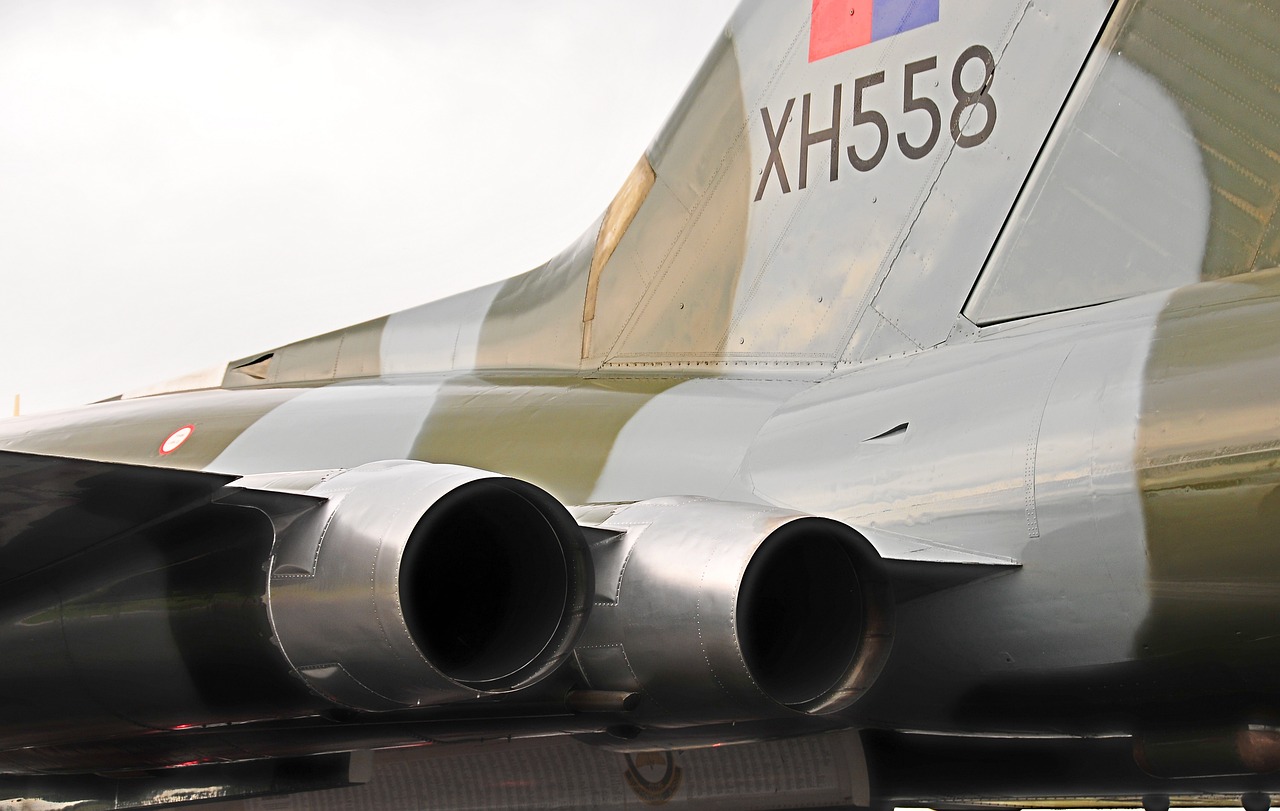Overview of Vulcan: The Roman God of Fire and Forge
Vulcan, renowned as the Roman deity of fire and the forge, serves as the patron to artisans and smiths. Distinctively known as the most unattractive among the gods, Vulcan also bore a significant injury from his childhood, resulting in a limp in one leg. Although he faced physical challenges, he was innovative and crafty, ultimately securing the affection of Venus, the goddess of love and attraction. This Roman god closely resembles his Greek counterpart, Hephaestus.
Vulcan’s origins stem from ancient Roman adaptations of the Etruscan god Sethlans. The assimilation of Hephaestus’ attributes later shaped Vulcan’s character within Roman mythology, as seen in various artistic representations from antiquity.
Etymology of Vulcan
The term “Vulcan,” rooted in Old Latin as Vulcanus, derives from the Latin word vulcanus, meaning “fire” or “volcano.” Such etymology highlights Vulcan’s intrinsic link to the forge’s flames and potentially his mythic roots beneath Sicily’s Mt. Etna, an active volcano.
Attributes of Vulcan
Possessing unparalleled skills in metallurgy and crafting, Vulcan was acclaimed for creating iconic objects of ancient myth, including the thunderbolts of Jupiter and the winged helmet of Mercury. His physical deformity, particularly his malformed leg, set him apart from his divine peers, driving him to perfect his craft as a form of redemption, as suggested by Classicist Robert Graves. This perspective connects Vulcan’s flaw with a broader view of blacksmiths in ancient cultures being physically impaired.
Family Connections
Vulcan was the offspring of Jupiter and Juno, which places him amongst a notable lineage, including siblings such as Bellona and Mars. He had a myriad of half-siblings through Jupiter—figures like Mercury and Minerva. Vulcan’s marriage to Venus starkly contrasted with his own lack of physical appeal, rendering their union devoid of passion and offspring.
In Virgil’s Aeneid, Vulcan is acknowledged as the father of Caeculus, the founder of ancient Praeneste, though his maternal counterpart remains unspecified.
Origins and Mythology
Upon first laying eyes on her son, Juno deemed Vulcan so unattractive that she cast him from Mt. Etna, resulting in his signature limp. Growing up in seclusion, he was nurtured by nymphs in volcanic caverns, which served as his crucible for blacksmithing. The volcanic environment provided him the necessary raw materials to hone his metallic craftsmanship.
As Vulcan matured, his famed ability as a blacksmith emerged, earning him divine clients, including crafting Jupiter’s weapons and Minerva’s birth, aiding in her emergence from her father’s head.
Vulcan’s Mother Complex
Juno’s rejection became a pivotal event for Vulcan, fueling a lifelong grievance leading to revenge. He ingeniously designed a trap disguised as a chair specifically for Juno. Bound within the chair, Vulcan refused to release her without the promise of Venus’s hand in marriage. With Jupiter’s intervention, Vulcan was eventually persuaded to accept the terms and marry Venus.
Relationship with Venus
However, the marriage was fraught with issues stemming from Venus’s disdain for Vulcan’s appearance. She often sought solace in the arms of others, most notably Mars. Confronted with this infidelity after being informed by Mercury, Vulcan fabricated a cunning trap, catching the lovers in the act and revealing them to the other gods in a moment of both anger and vindication.
Vulcan in Roman Religion
Consistent worship of Vulcan dates back to the eighth century BCE, coupled with a temple erected in his honor in the Campus Martius during the third century BCE, although it was short-lived due to destruction by lightning. The main festival honoring Vulcan, Vulcanalia, took place on August 23, characterized by lighting ceremonial fires and performing offerings designed to appeal to Vulcan and safeguard against wildfires.
Vulcan in Modern Culture
The legacy of Vulcan extends beyond ancient Rome into modern pop culture, notably influencing the portrayal of the Vulcan race in Star Trek, where the inhabitants prioritize logic over emotion, mirroring Vulcan’s mythological focus on craftsmanship and intellect. Additionally, the term “volcano” retains Vulcan’s influence, referring to geological phenomena allowing for the escape of molten rock and gases from the Earth.



